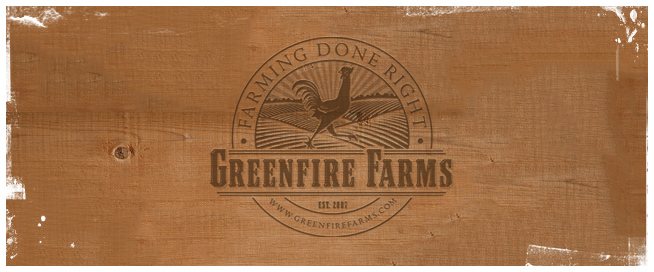The Gauloise Dorée is an ultra-rare breed and actually, the oldest chicken breed in France that provided genetics to every other chicken breed that would later emerge from France.
| Item | 1+ | Quantity |
|---|---|---|
| Gauloise Doree Day-Old Chick Unsexed | 49.00 | |
| Gauloise Doree Eggs | 9.00 | Sold Out |
Imagine a Western European chicken breed so old that it traces its origins to ancient Gaul, and one so shimmering with beauty that it’s named for gold itself. This is the Gauloise Doree, the “golden chicken from Gaul,” that is so integral to culture and identity of the region that it became a national symbol in France. For the first time, the Galouise Doree is on American shores, a recent import by Greenfire Farms. Our farm is the only source for this breed in North America. Revel in its beauty, become steeped in its history. This breed is a living work of art and a history lesson all in one that belongs in every chicken coop in America.
Breed History
The Gauloise Dorée is the oldest chicken breed in France. With features very similar to that of the red junglefowl, the wild bird species that gave rise to domesticated chickens, this breed provided genetics to every other chicken breed that would later emerge from France.
The Gauloise can be traced to the ancient Gallic Wars where they played an improbably important role in Roman military strategy. The "priest of the sacred chickens" would keep the Gauloise unfed in cages, eventually releasing them near piles of grain. If they chose to eat the grain the military campaign was deemed favorable. If the chickens didn't touch the grain, the venture lacked the approval of the gods and would be abandoned. (Not surprisingly, those chickens sent many men into battle.)
Julius Caesar ended up renaming the people of Gaul (present-day France, Belgium, Germany, and Switzerland) after this sacred chicken, and the Gauloise Dorée was then chosen as the French national symbol of the country's fighting spirit. Despite its historical importance, this storied breed was ignored in formal poultry circles until 1894 when it appeared for the first time in a poultry show. It wasn't until 1913 that it was finally approved as a standard breed by France’s Poultry Society of the North.
The Gauloise Dorée was believed to be extinct between 1950 and 1980, but in 1998 the Gauloise Dorée Club of France was founded to protect this historic breed. A poultry census in 2014 recorded about fifty hens in existence. Today, they remain exceedingly rare.
Appearance and Behavior
The Gauloise Dorée have a very similar appearance to red junglefowl, the foundational wild species of fowl from which domesticated chickens were bred. They are round with a broad chest, straight comb, white ear lobes, and slate blue, non-feathered legs. The standard color variety for these birds is the black-breasted red color.
The white Bresse, a very popular table breed, is derived in part from the Gauloise Dorée. Similar to the Bresse, the Gauloise have phenomenal meat quality and are also considered a dual-purpose breed. Hens will lay roughly 180 white eggs per year and reach reproductive maturity around 5 months of age. They do tend to go broody and can make excellent mothers to their chicks! We've noticed the viability fluctuates in our flock and they tend to mate very little during the winter months. Higher viability has been observed during the warmer months of spring and summer.
This breed tends to be easily startled and when given the option of fight or flight, the Gauloise often choose flight. These birds love to forage and do well in a free-ranged environment or a large run. Roosters are not usually aggressive towards people.
Hatching Eggs
We incubate and hatch at 99.5F and 55% humidity. Of the eggs that are placed into the hatcher, normally about 90% will hatch without any assistance. Typically they hatch on time, so on day 21. Make sure to check every chick's leg as only clean-legged chicks should be kept to use for future breeding flocks. You should expect to make culls if you are hatching chicks from this breed.
Notes
We expect intense interest in this ultra-rare breed. Since our breeding flock is small we expect to sell out very quickly.
Breed History
The Gauloise Dorée is the oldest chicken breed in France. With features very similar to that of the red junglefowl, the wild bird species that gave rise to domesticated chickens, this breed provided genetics to every other chicken breed that would later emerge from France.
The Gauloise can be traced to the ancient Gallic Wars where they played an improbably important role in Roman military strategy. The "priest of the sacred chickens" would keep the Gauloise unfed in cages, eventually releasing them near piles of grain. If they chose to eat the grain the military campaign was deemed favorable. If the chickens didn't touch the grain, the venture lacked the approval of the gods and would be abandoned. (Not surprisingly, those chickens sent many men into battle.)
Julius Caesar ended up renaming the people of Gaul (present-day France, Belgium, Germany, and Switzerland) after this sacred chicken, and the Gauloise Dorée was then chosen as the French national symbol of the country's fighting spirit. Despite its historical importance, this storied breed was ignored in formal poultry circles until 1894 when it appeared for the first time in a poultry show. It wasn't until 1913 that it was finally approved as a standard breed by France’s Poultry Society of the North.
The Gauloise Dorée was believed to be extinct between 1950 and 1980, but in 1998 the Gauloise Dorée Club of France was founded to protect this historic breed. A poultry census in 2014 recorded about fifty hens in existence. Today, they remain exceedingly rare.
Appearance and Behavior
The Gauloise Dorée have a very similar appearance to red junglefowl, the foundational wild species of fowl from which domesticated chickens were bred. They are round with a broad chest, straight comb, white ear lobes, and slate blue, non-feathered legs. The standard color variety for these birds is the black-breasted red color.
The white Bresse, a very popular table breed, is derived in part from the Gauloise Dorée. Similar to the Bresse, the Gauloise have phenomenal meat quality and are also considered a dual-purpose breed. Hens will lay roughly 180 white eggs per year and reach reproductive maturity around 5 months of age. They do tend to go broody and can make excellent mothers to their chicks! We've noticed the viability fluctuates in our flock and they tend to mate very little during the winter months. Higher viability has been observed during the warmer months of spring and summer.
This breed tends to be easily startled and when given the option of fight or flight, the Gauloise often choose flight. These birds love to forage and do well in a free-ranged environment or a large run. Roosters are not usually aggressive towards people.
Hatching Eggs
We incubate and hatch at 99.5F and 55% humidity. Of the eggs that are placed into the hatcher, normally about 90% will hatch without any assistance. Typically they hatch on time, so on day 21. Make sure to check every chick's leg as only clean-legged chicks should be kept to use for future breeding flocks. You should expect to make culls if you are hatching chicks from this breed.
Notes
We expect intense interest in this ultra-rare breed. Since our breeding flock is small we expect to sell out very quickly.
| Egg Color | white |
| Egg Size | Medium |
| Average number of eggs per year | 150 - 200 |
| Gamefowl | no |
| Table Breeds | Yes |
| Country of Origin | France |
| Cold tolerant | no |
| Year of import(s) | 2021 |
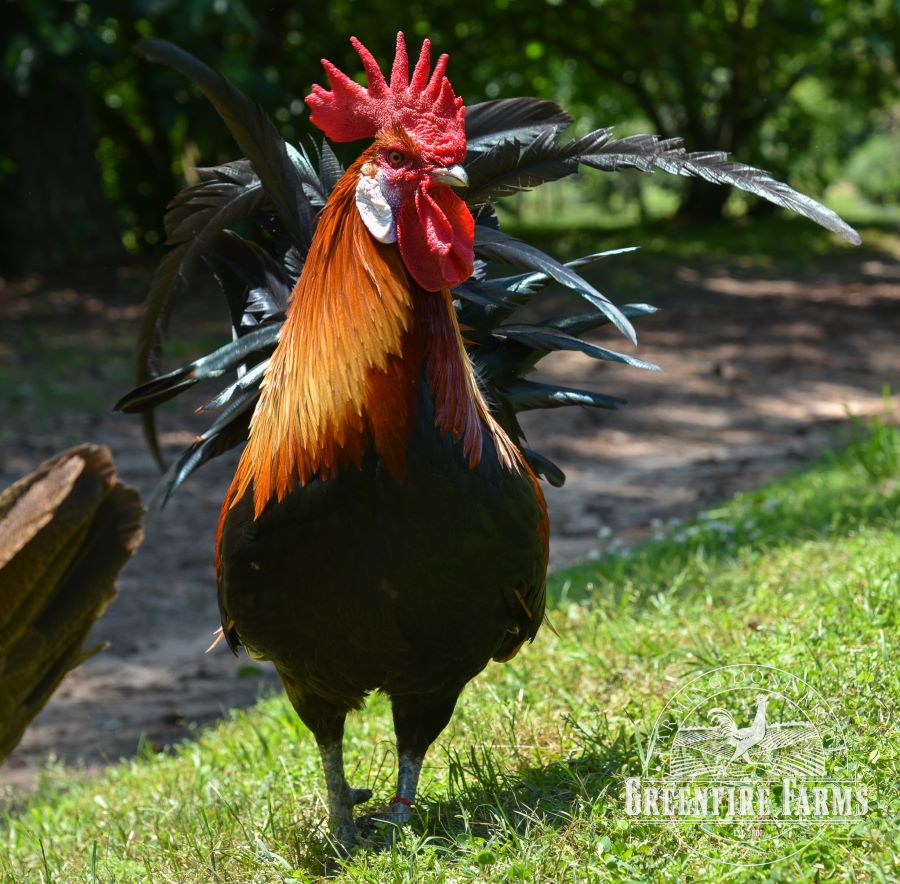
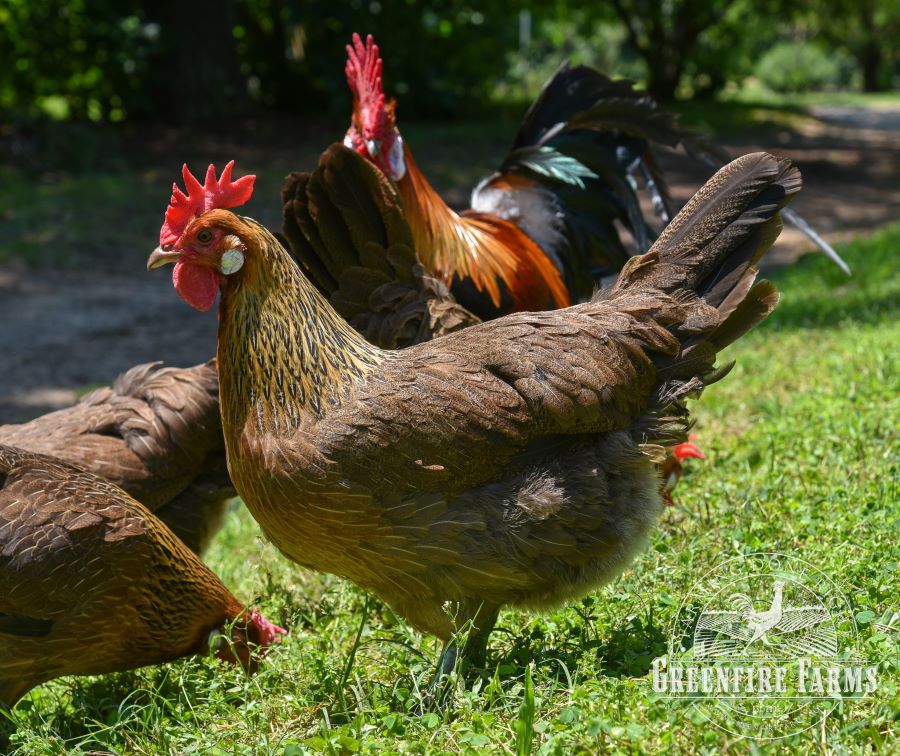



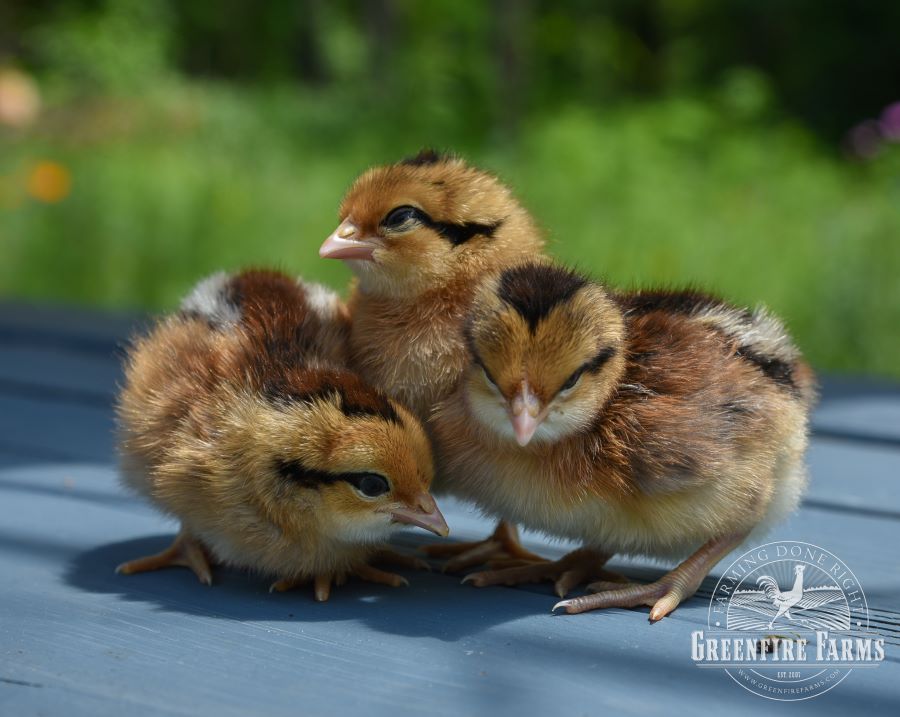
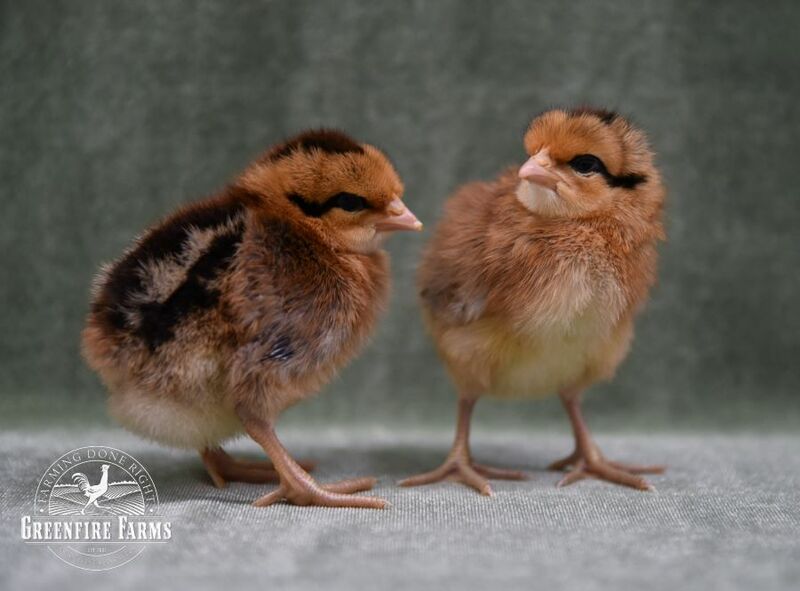
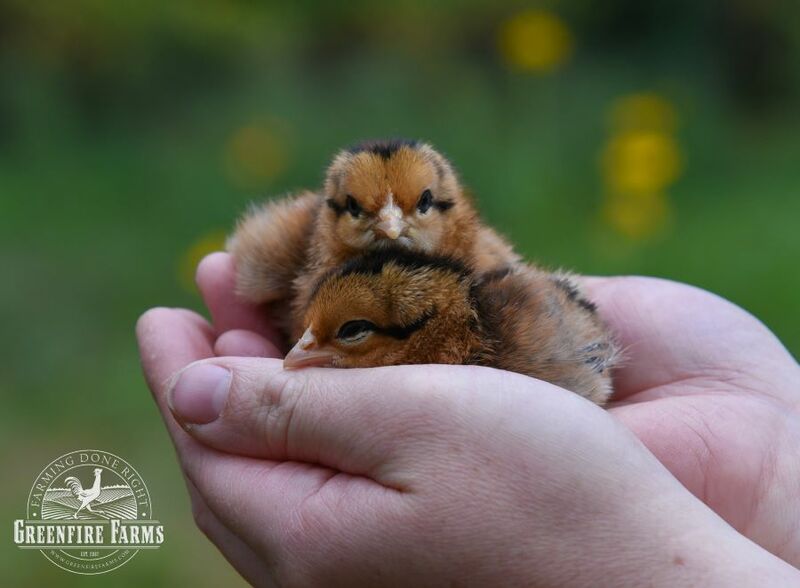
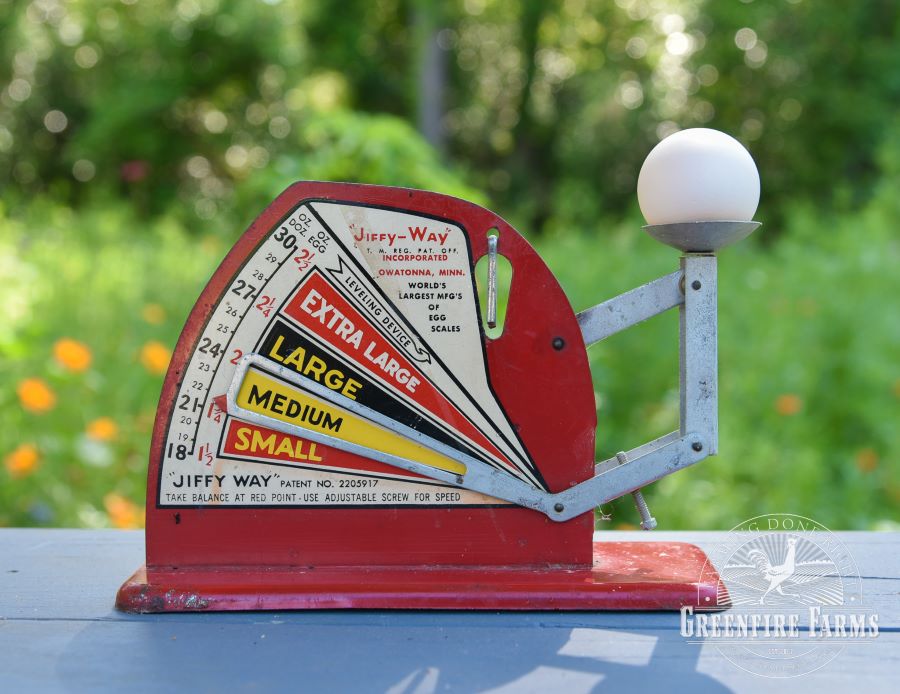

 Cart:
Cart: 

